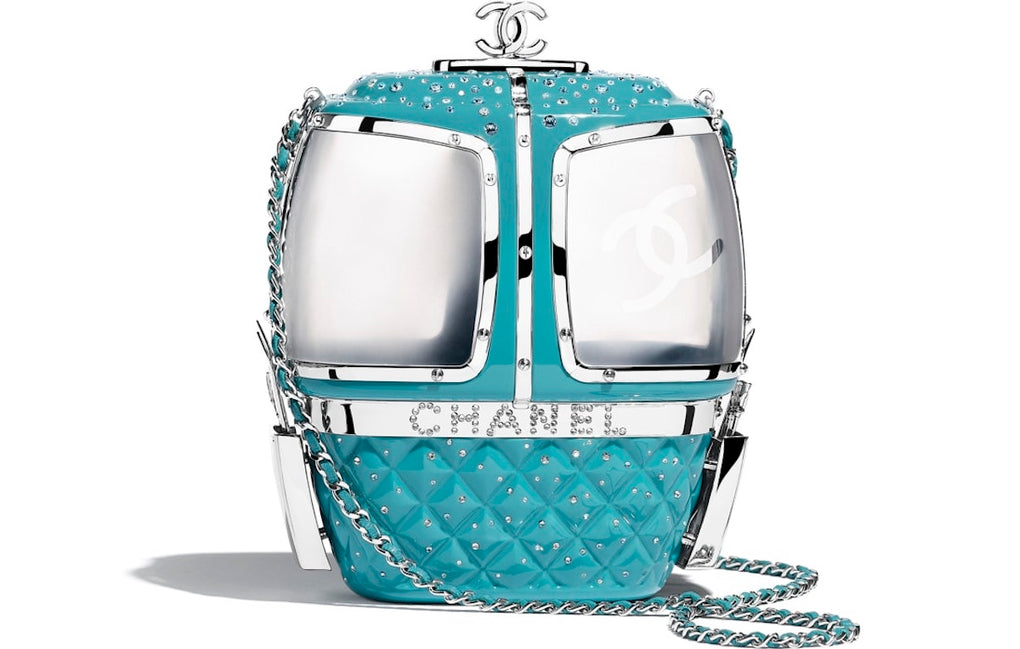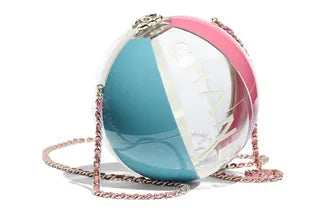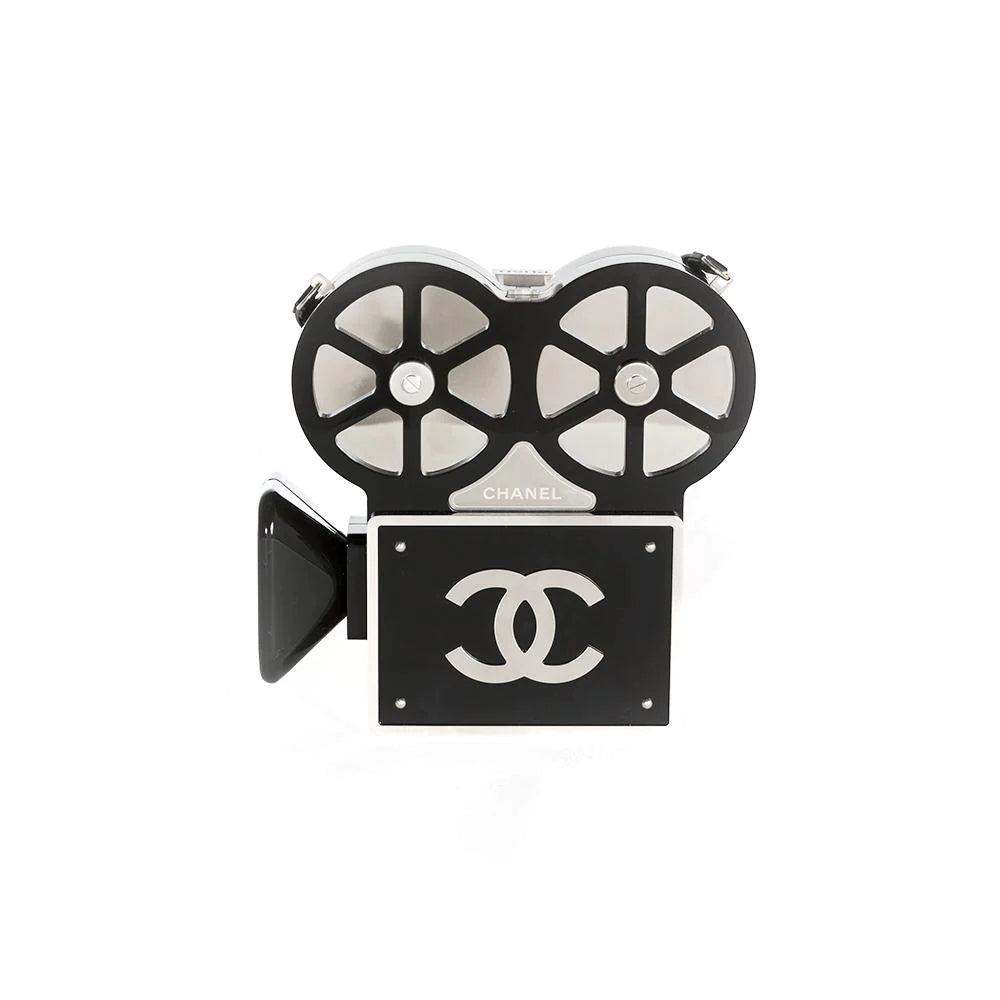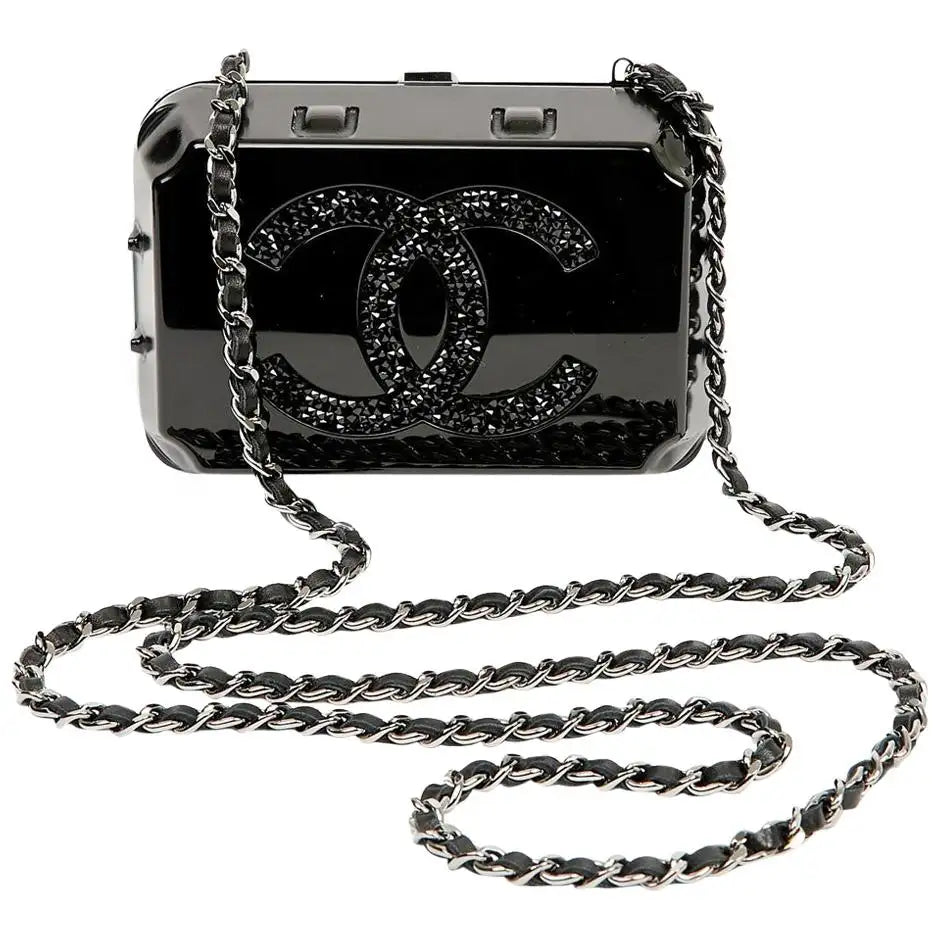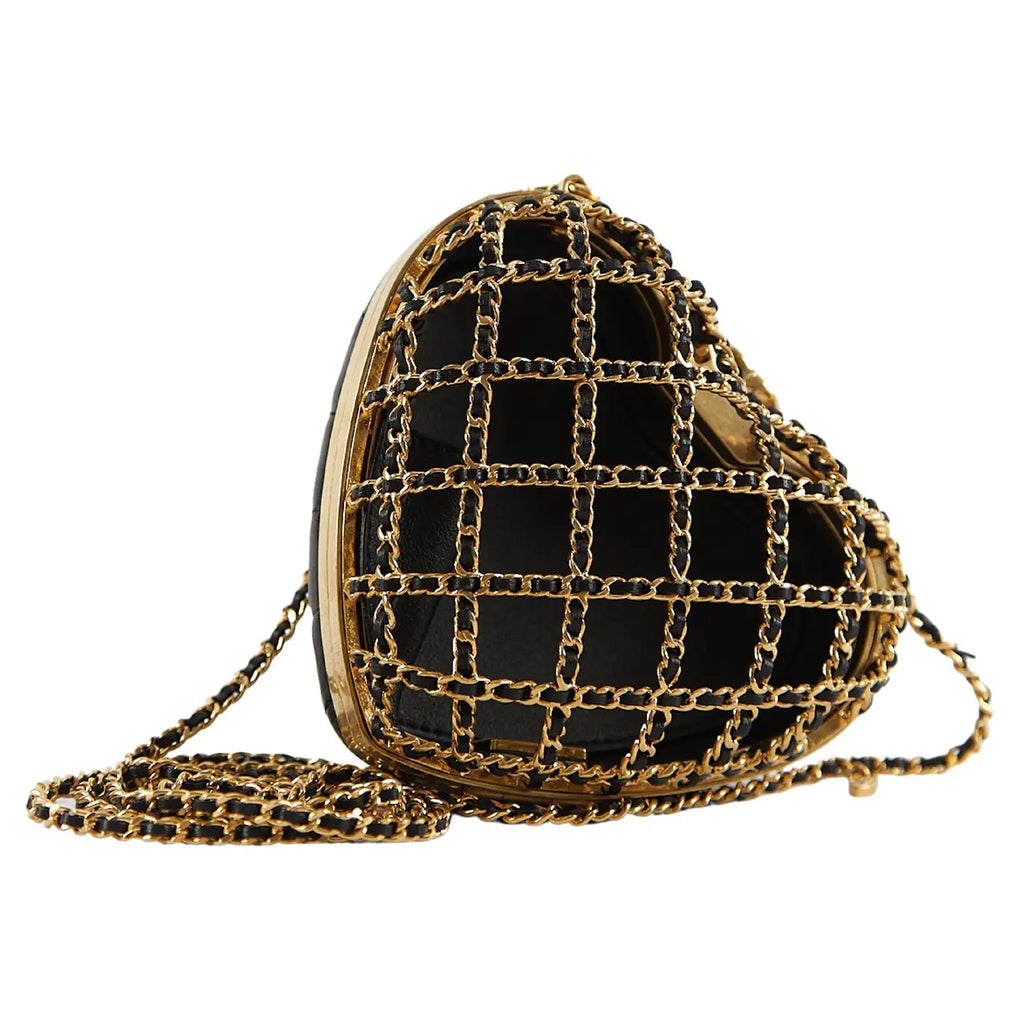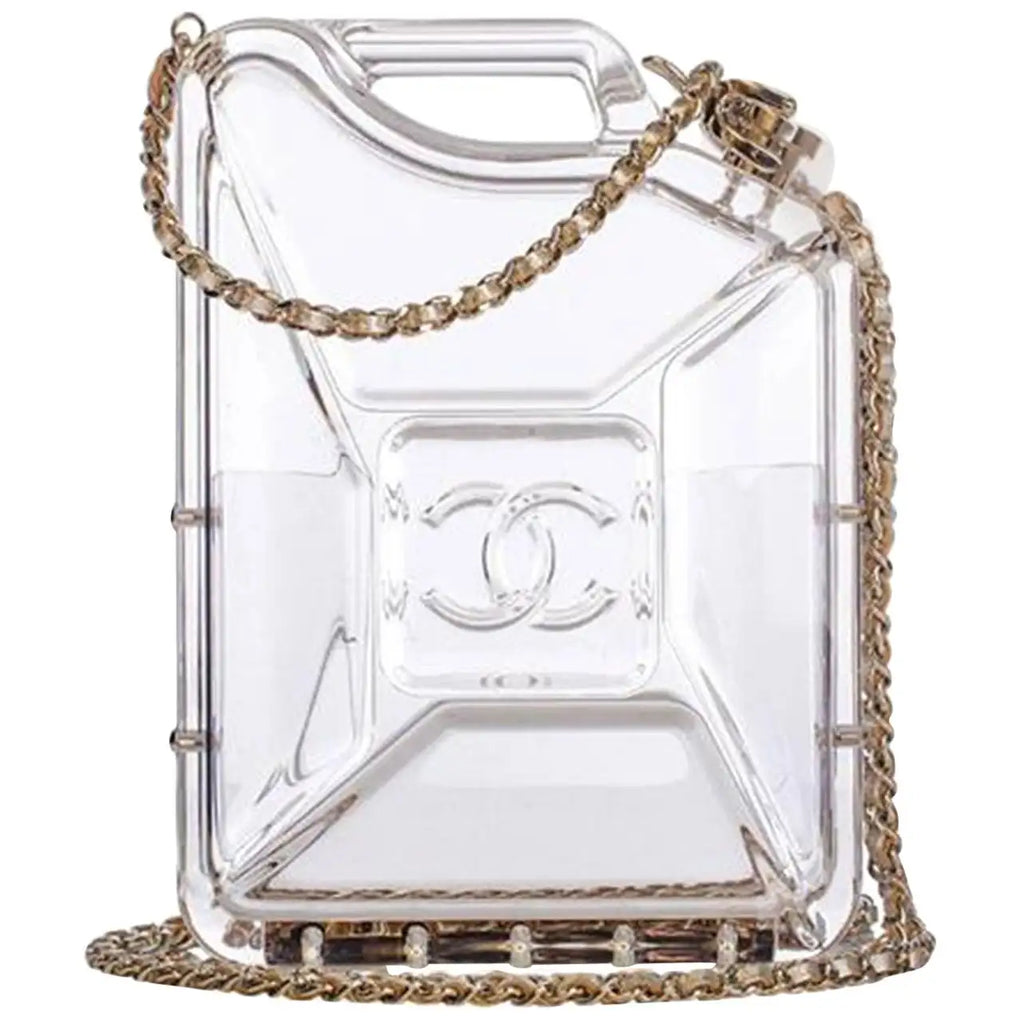The History of the Minaudière: From Independent Women to Luxurious Fashion
The Era of Independent Women: The Roaring 1920s
Photo Credit: The Guardian
The minaudière, which literally translates to "coquettish woman" from the French verb "minauder," meaning "to simper," is not just an evening handbag; it's a symbol of elegance and innovation. Unlike traditional evening bags, the minaudière features an exterior frame cast in metal alloy, usually with an attached shoulder strap or chain that can be tucked into the interior to transform it into a clutch.
Shining in the Jazz Age and Art Deco Movement

Photo Credit: Life Magazine - Jazz Age
While accounts of the true origin of the minaudière vary, it's generally agreed that this style first emerged earnestly in the early 1920s, in conjunction with the "flapper" subculture. The flappers, a group of women with newfound self-liberation and hedonistic sensibilities, were demanding fashion accessories as freely worn as their higher hemlines and bob hairstyles, which were becoming all the rage. Metal cigarette cases and compact wallets were already in fashion for both women and men, influencing the need for a middle ground between practical cases and socially acceptable evening bags, as pockets were not socially accepted at the time. The smaller and more versatile minaudière perfectly resonated with the contemporary pulse and was heavily influenced by the Jazz Age and Art Deco movements happening at the same time. Jazz and Art Deco further influenced the aesthetic use of metal, as well as the opulent appliqué designs that were as flashy and exuberant as the music and art that inspired them.
Van Cleef & Arpels: Pioneers of the Minaudière

Photo Credit: Van Cleef & Arpels
The credit for the creation of the first true minaudière, designed to hold and protect all the necessities for an evening out, goes to Van Cleef & Arpels in 1933. It was equipped to carry opera glasses, dance cards (cards bearing the names of a woman's prospective partners at a formal dance), cosmetics, pill and candy boxes, a handkerchief, pocketbook, cigarette holder and lighter, and a watch. Before this, the minaudière had mostly been confined to the upper echelons of the Jazz Age but quickly expanded throughout the 1930s as the style became more prominent, and acceptable norms of dress expanded women's options, eventually permeating larger Western culture. The original connection to Van Cleef & Arpels also cemented the theme of jewelry-meets-handbags that would remain with the minaudière to the present day.
Legacy and Innovation: Judith Leiber and Chanel

Although Van Cleef & Arpels can be credited with the creation of the design, other designers jumped on the proverbial bandwagon and began experimenting with the style, expanding their product offerings to include the minaudière. In the following nine decades to today, the minaudière has remained a vibrant piece of the fashion puzzle, unshifting in its intended use and always maintaining the ideals of opulence and glamour within each passing era.
Contemporary Varieties: Judith Leiber and Chanel
Regarding contemporary varieties, two major players have dominated this space: Judith Leiber and Chanel, each with distinct focuses and tastes. Judith Leiber tended to incorporate Austrian or Swarovski crystal embellishments and leaned more towards the romantic and whimsical. On the other hand, Chanel incorporated more hardware elements and embellishments, focusing more on novelty and reference. While Judith Leiber certainly deserves mention, let's take a closer look specifically at Chanel's influence on the minaudière, particularly under the guidance of the late Karl Lagerfeld.
CHANEL's Collectible Limited Edition Minaudières

While the minaudière certainly existed in Chanel's repertoire before the explosion of novelty versions from the early 2000s to the late 2010s, Lagerfeld undoubtedly took the style and made it a global phenomenon yet again. Lagerfeld's designs were often characterized by wit and novelty, which were reflected in the minaudière bags he and Chanel's ateliers created. These bags were typically seen on the ready-to-wear runway or at Chanel's annual Métiers d'Art shows and generally encapsulated the themes of the collection into tiny, glittering packages. Given the intricacy of detailing and the specialization of Chanel's craftspeople who can work with the metals and stones required to produce a minaudière, it's also not surprising to see the high price tags that accompany these bags. Many of the plexiglass versions, which are most ubiquitous, often reach just above £10,000 at retail. Some of the more intricate minaudières, utilizing precious materials like pearls, exotic skins, and fine gems, fetch upwards of £40,000 for a single bag. One contributing reason for the high pricing across the board is that most of the ateliers that produced these items from the late 1930s onward went out of business due to the dropping demand for the minaudière and the rise of the leather or canvas top-handle handbag. In general, these minaudières, with their combination of decoration and craftsmanship, exude timeless charm and are precious fashion treasures.
Tell us your wish
If you're in search of that elusive, perfect handbag and can't seem to locate it on our website, don't hesitate to reach out to us. Our extensive network of sellers allows us to track down even the rarest and most coveted bags on the market.




